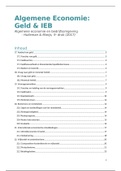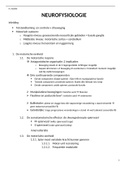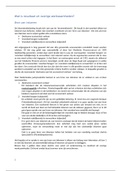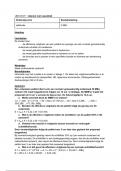Samenvatting
Samenvatting - Marketing
- Vak
- Marketing
- Instelling
- Breda University Of Applied Sciences
Een samenvatting van het vak Marketing, geschreven in het engels. Veel verschillende onderwerpen komen aan bod, onder andere marketing mix, dekstep, segmentatie, consumer behaviour
[Meer zien]








